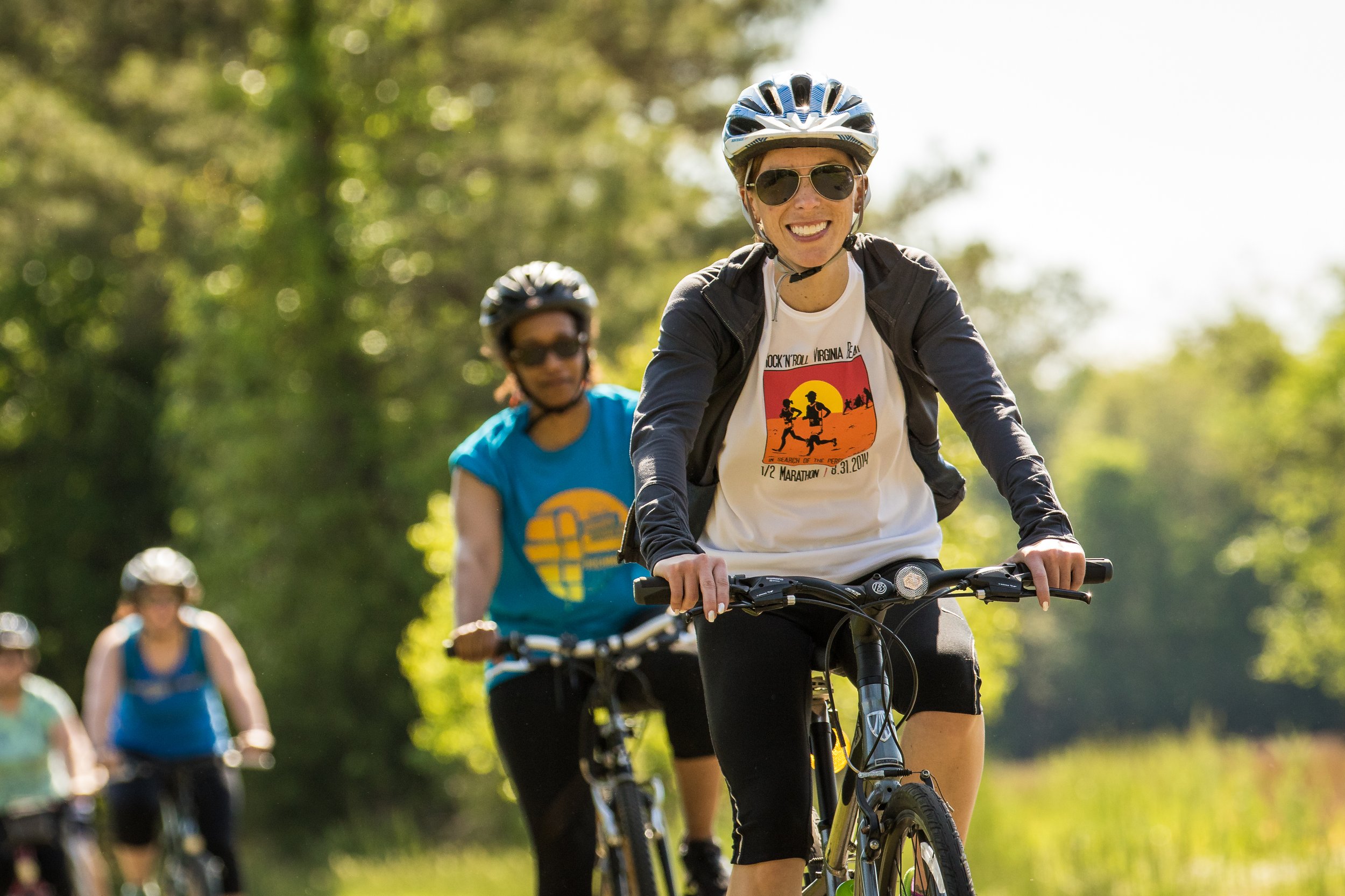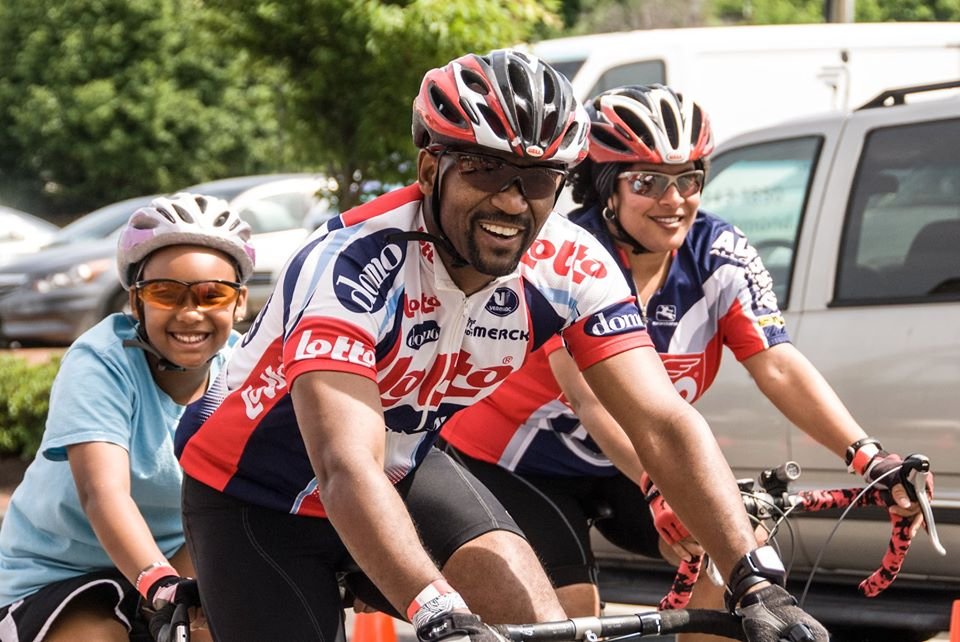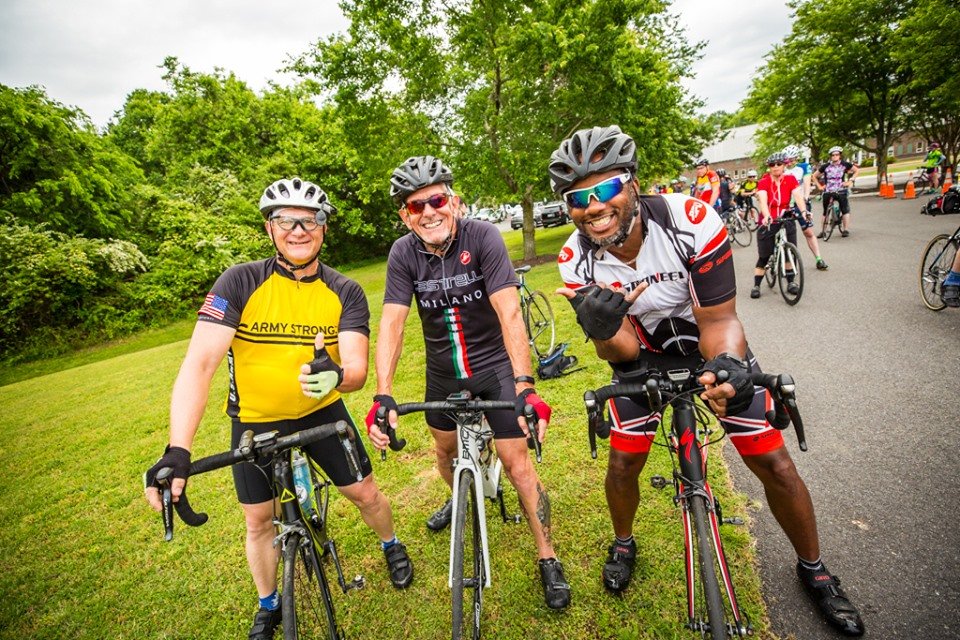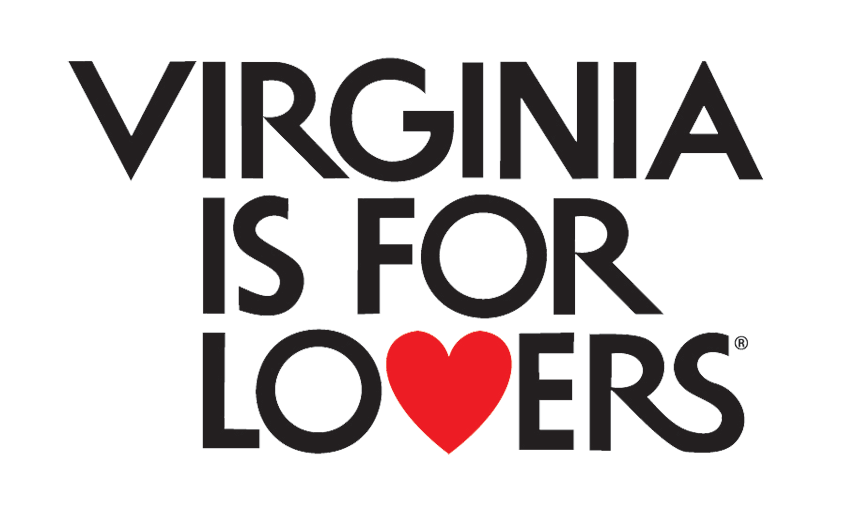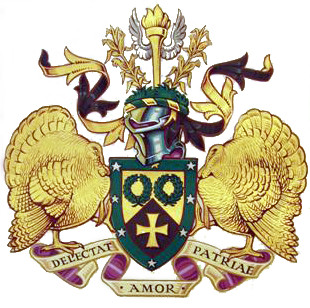The first time I rode more than about 20 miles was when a friend spontaneously suggested we do an overnight on the Virginia Capital Trail (great spot, definitely check it out). I had ridden around Richmond, to classes at school, and even out to Dorey Park and back once. I figured it would be an adventure (it was) and I knew all I needed to know (I did not), so I agreed to ride the 51.7 miles to Williamsburg on Saturday, and the 51.7 miles back on Sunday. I’ll not get into all of the details, but we had a pretty challenging time involving fatigued legs, getting caught in the dark, lack of appropriate supplies, and pretty substantial saddle soreness. Come Sunday night we were sure we would never ride a bike again.
Luckily that has not been the case, and in the years since I have managed to adjust my approach to allow many more miles, much more comfortably. With the 17th annual Cap2Cap ride four months away, I would like to share some tips and tricks that have been valuable to me as a cyclist. None of these ideas are unique to me, rather they have been passed on by friends, colleagues, and the world wide web at various points, and have helped enough that I (try) to keep them in mind. If you have thoughts of doing a ride bigger than you are used to, whether that is 7 miles or 100, I hope this can be of some help.
Set your goal
For me, knowing that I am working towards something is an enormous motivator to practice and train. That first ride was really tough, in part because we gave ourselves no lead time and so did not have a plan, any idea what to expect, or any time to gradually increase our distance. For something like the Cap2Cap, you can sign up well in advance and know what it is you’ll be getting into. Price increases aside, this is the biggest reason I recommend that people register early: to have something you can aim your efforts at over the course of the coming months.
Be consistent
A century, half century, or quarter century ride (100, 50, or 25 miles) can take up a large chunk of your day. If you look at smaller training rides as less than worthwhile, you may find yourself getting out only a few times before May comes around. Similarly, wrapping your head around spending a couple of hours riding a bike in 40 degree weather can be a hard sell. Focus instead on just getting the bike (and yourself) out the door. There is a lot of value in spending 30 minutes riding around your neighborhood, or deciding to ride to a friend’s house instead of driving. That is not to say you shouldn’t make an effort to do those longer rides: as a rule it’s a good idea to ride at least 75% of your goal distance before ride day, at least one time. But do not discount those shorter rides, and the value of consistency.
Fuel yourself
This one was tough to get through my head for sure. I was more of a runner than a cyclist for a long time, and food was reserved for long after the running was over. One of my favorite discoveries about cycling is that not only can you eat in the middle of a ride, but on the longer ones you definitely should! During the Cap2Cap the Rest Stops will take care of this part of it, but do not discount snacks during training as well! I generally take some food on any ride (trail mix is a go-to), and eat it on any ride longer than about 20 miles. Running out of energy from lack of food (often called bonking) is a bummer at best, and can be dangerous. Also, remember to eat an hour or so before you do a big ride, and afterward as well. Finally, always have water with you, and drink before you get thirsty.
Stand up!
This was a game-changer for me. Most of us have heard about or already own padded bike shorts, but while they certainly help they are only one piece of the puzzle. On that first 50 mile day, and even more so the second, I was so tired that I ignored the discomfort of being on my bike seat and just focused on spinning the pedals. This led to some real pain and serious thought of never sitting on a bike seat again. Luckily, a friend told me to stand up for ten or so seconds every mile or two. You will not always want to, and sitting back down may not be the most pleasant, but maintaining blood flow and giving your seat a break makes a huge difference over the long haul.
Have fun with it
I am often asked if I am a “serious cyclist”. Well, I ride bikes a lot (and more than that when I can), but I do everything I can not to take it too seriously. This does NOT mean disregarding safety (wear your helmets folks), but this is a recreational activity, and the Cap2Cap is a ride, not a race! If cycling starts feeling like work, it can be a quick road to burnout. I have a few favorite ways to have fun with a ride. Picking a destination for lunch (Indian Fields Tavern or Cul’s Courthouse Grille in Charles City County are great options on the Trail) can be very motivating, and will build in that nutrition I was talking about. Finding other people to ride with can also make a ride feel more social, and less like work. If you can’t convince any of your friends to join you, try a local riding group! Finally, I find that I often get caught up in numbers. How far or how fast you ride can be valuable information, but it can also be a breath of fresh air to ride at a comfortable pace until you feel like being done.
If you ask 10 cyclists how to prepare for an event you are likely to get 12 different answers, all of them good. The ideas here helped me past a couple of stumbling blocks while increasing my riding distance, but it is certainly not a comprehensive list! If you have questions about the Trail, the 2022 Cap2Cap, or riding in general you can reach us at info@virginiacapitaltrail.org. We hope to see you in May!
Written by Matt Pienkowski
Updated 12.22.22











